‘The Balcony of Europe’: Why Dresden Lives up to the Title
For years, I was in a peculiar position where I had been to Europe twice and yet was unable to help friends who were heading there and wanted my advice. After all, they were more interested in seeing Germany, France, Spain, Italy and the Netherlands, and I’d only been as far west as Poland. To them, that was “Eastern Europe”.
That changed when I boarded the train in Wroclaw for Deutschland, and I doubt I could have started my tour of “Western Europe” in a finer place than the old city of Dresden.
The ride into the city is not particularly beautiful as most of the outer parts are filled with modern and contemporary buildings. However, the highlights in the historic centre are just a 20-minute walk from the main train station via the pedestrianised Prager Strasse. At the end of the street, the trees and malls give way to shops behind restored Baroque arcades in the Altmarkt.
The sights of Dresden Altstadt
Kreuzkirche
The blackened steeple of the Lutheran Kreuzkirche (Church of the Holy Cross) in the corner caught my eye, and I had to take a look inside. Ornate chapels and choir stalls were absent in the spartan interior, replaced by elegant Art Nouveau balconies. A single painting of the passion stood where one would find a high altar in a Catholic church. The somberness is conducive to prayer and contemplation without enthralling everyone.
Frauenkirche
Enthralling is what the Baroque Frauenkirche across the street in the Neumarkt does best. Inside, it’s a riot of pastel colours and gilded surfaces. Angels, golden beams and cloud-like forms cover the balconies and the high altar. It’s unlike any Christian place of worship built within the last ten years – that’s the age of the current structure.
For years, in the aftermath of the Allied bombing of Dresden during World War II, the Frauenkirche was a pile of rubble, abandoned deliberately by the Deutsche Demokratische Republik authorities as a statement against the brutality of the victors. The church was rebuilt over a decade with the help of paintings and old photographs, and work was completed in 2005. It still bears its scars prominently; charred stones from the rubble were incorporated in the new building’s off-white walls, and visitors may light a candle under the mangled remains of the old cross.
Neumarkt
Sharing the Neumarkt with the church is the rectilinear Palace of Culture. Its flat glass and concrete facade looks out of place amidst all this restored architecture, but to be fair, not much was standing around it when it was opened. Now that it has been shut down, perhaps it will make way for a reconstruction of whatever once stood there.
The square seemed rather empty, which did a fine job of making Dresden seem less crowded than it was, even though there were busloads of tour groups around me. So far, so good. Only the interior of the Frauenkirche was a bit of a squeeze. I imagined what it’s like in winter when the Christmas market stalls populate it.
Brühl’s Terrace along the river is probably the most beautiful riverside collection of buildings, bar none. It’s painful to think that these gems were reduced to shells and skeletons seventy years ago. The buildings that line this embankment, nicknamed the Balcony of Europe, dominate the Dresden skyline: the glass dome and neoclassic facade of the fine art academy, the Frauenkirche behind it, the Ständehaus, the steeple of the Catholic Hofkirche cathedral and the towers of the Saxon royal castle. It looked like a scene straight out of the 18th century.
Zwinger
I found the nearby Dresdner Zwinger just as fascinating. Formerly a part of the city fortifications, it looks very different from within and from the outside. The north side was built in a different style from the rest of the Rococo palace. Its collections within are equally important; they include the works of Old Masters such as Jan van Eyck, Rembrandt, Lucas Cranach (both the Elder and the Younger) and Raphael.
Dresden marked the start of my foray into Western Europe, but such labels are meaningless to me as an outsider. It is true that the destinations are more popular and well-known on one side of the Oder-Neisse line. I find beautiful architecture and chequered, intertwined histories equally numerous on both sides, however. They captivate me in equal measure.
Like what you see in the header? Consider visiting Antwerp too, or check out my next stop in Bamberg.

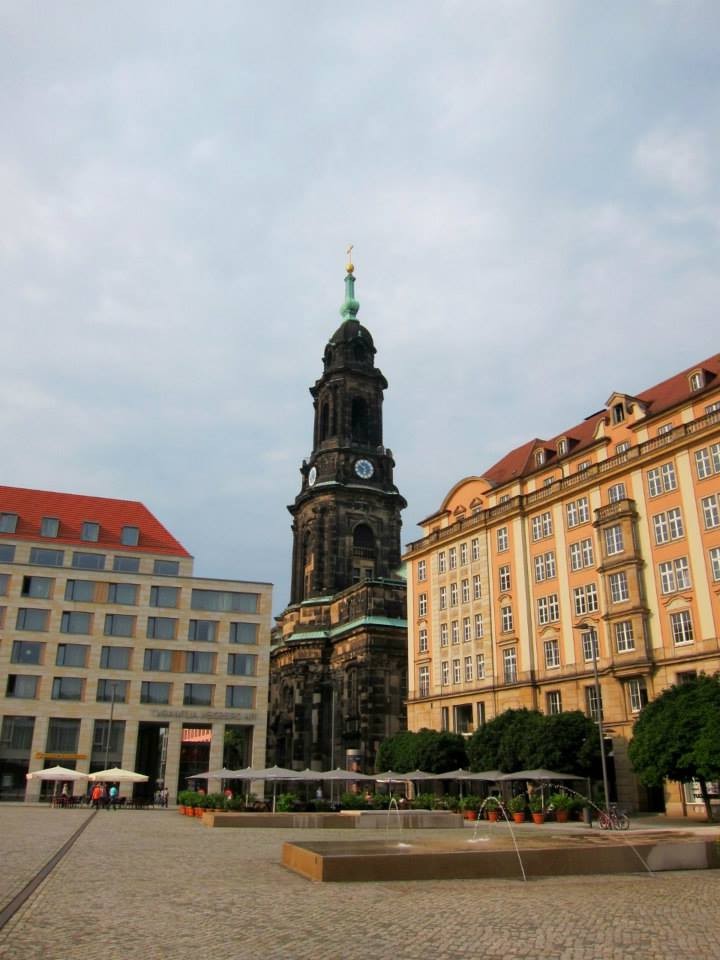
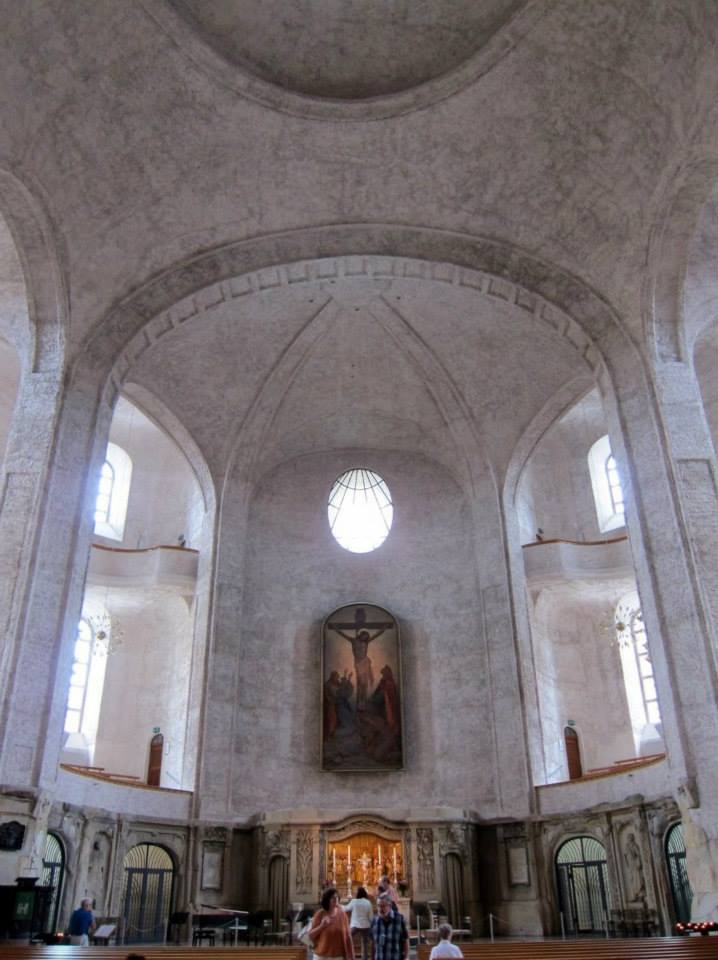

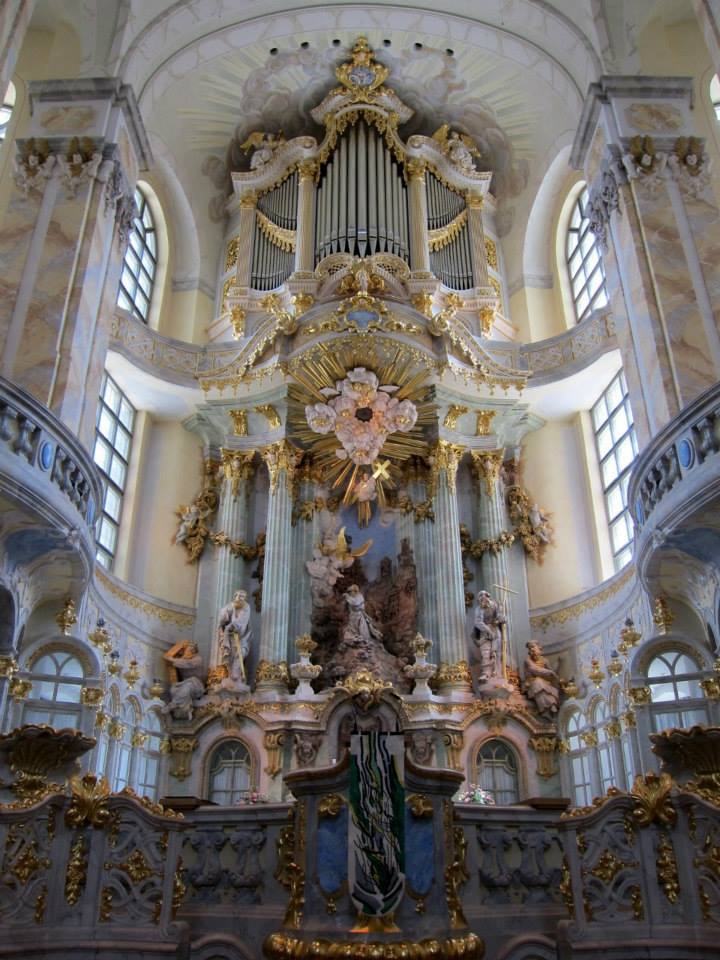

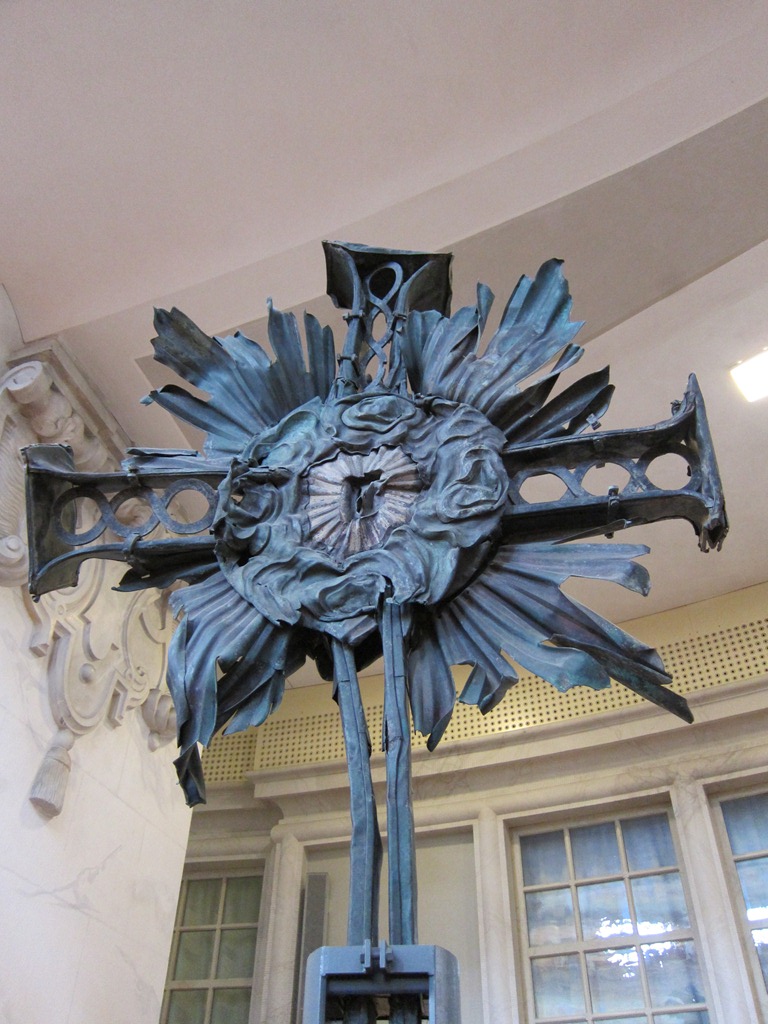


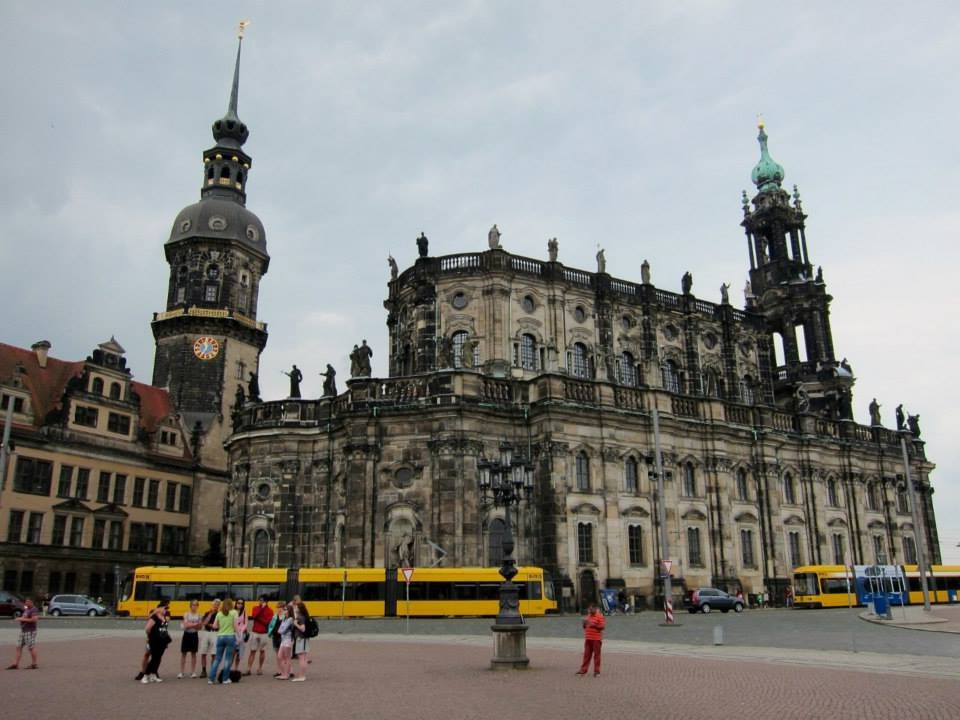
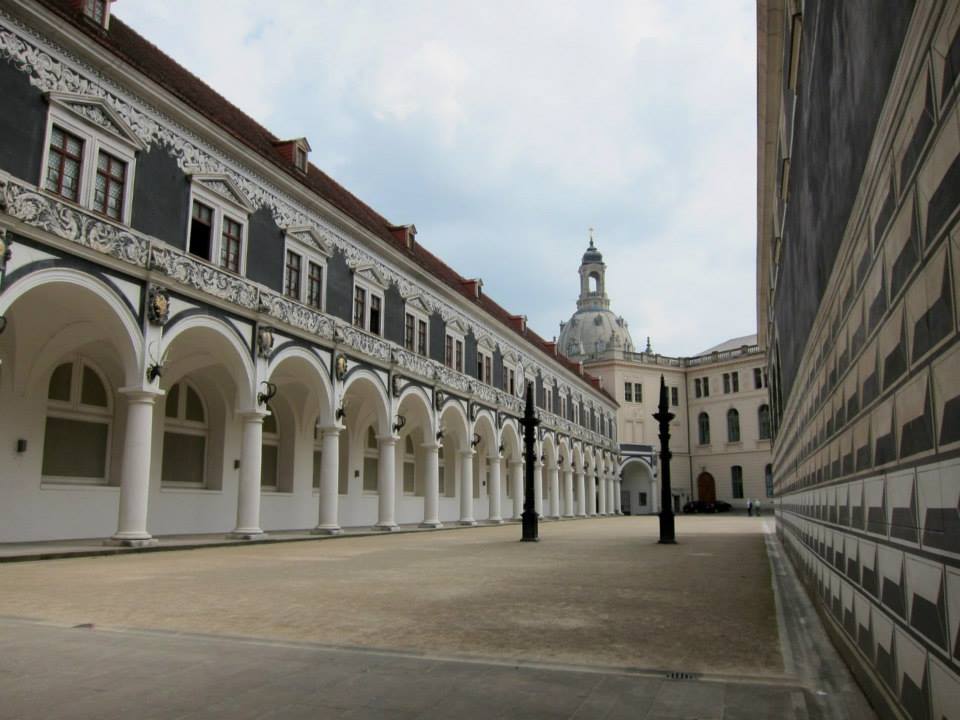

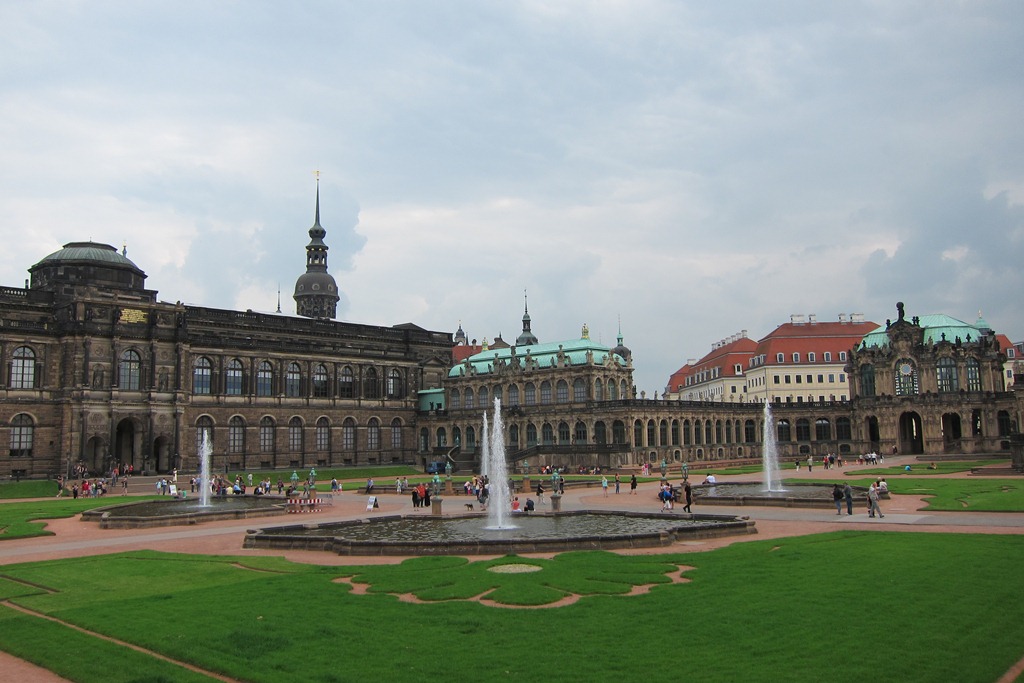
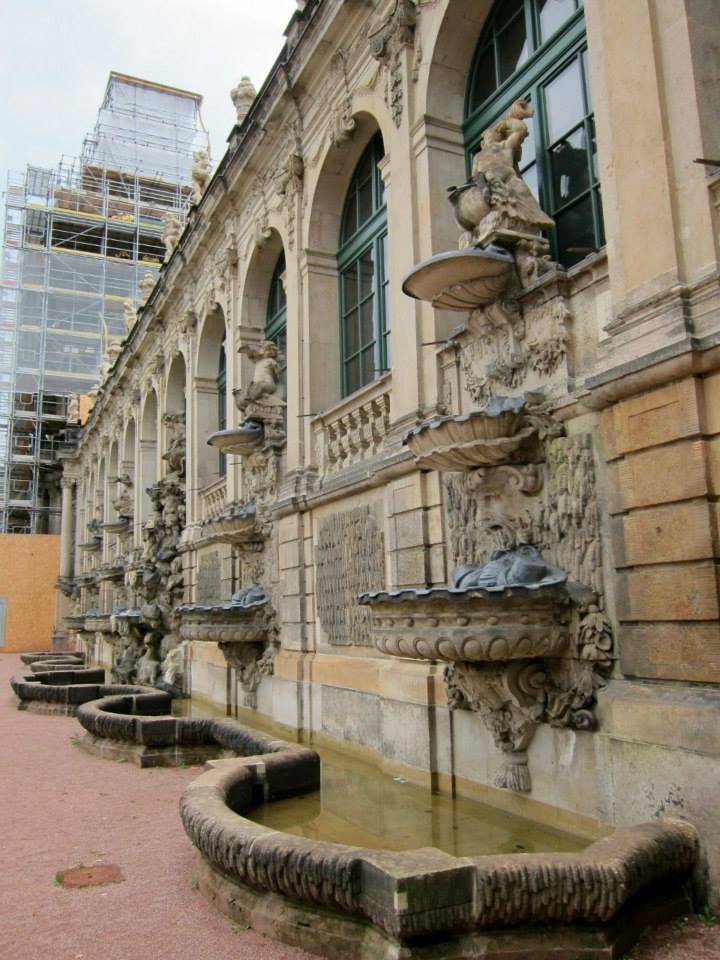

21/10/2014 @ 11:57 PM
Favorited this entry. Everything looks so grand.
13/03/2015 @ 3:33 AM
Very nice text but as a native I MUST disagree about outer quarters, it depends on where you come from, I always highlight outer quarters as the best of Dresden – a city larger than Munich as measured by area but the center and population despite growing much smaller. Dresden is home to the largest coherent historic villas quarter in Germany (around Blue Wonder Bridge) and has got a lot more of them, too.